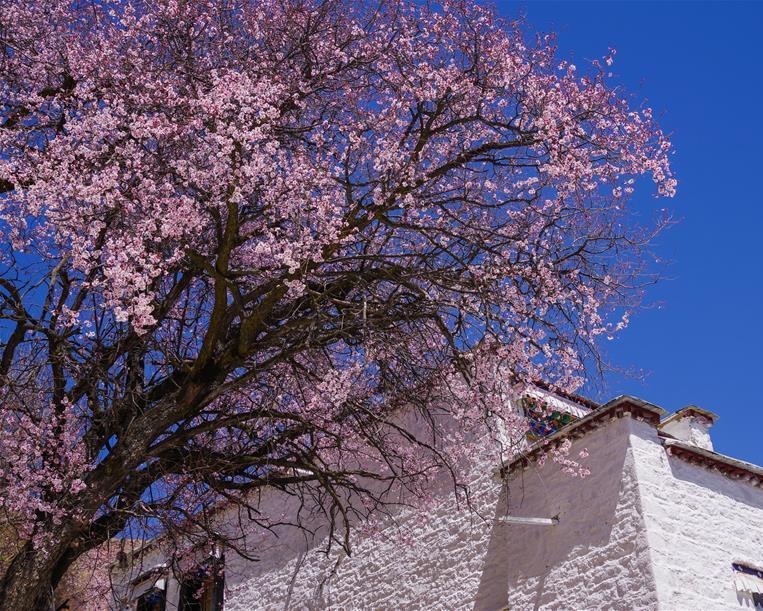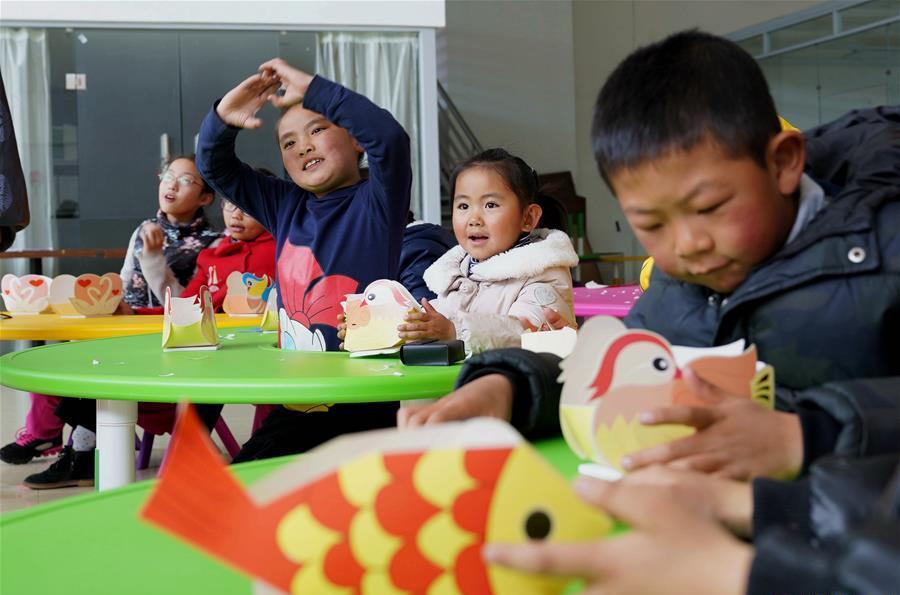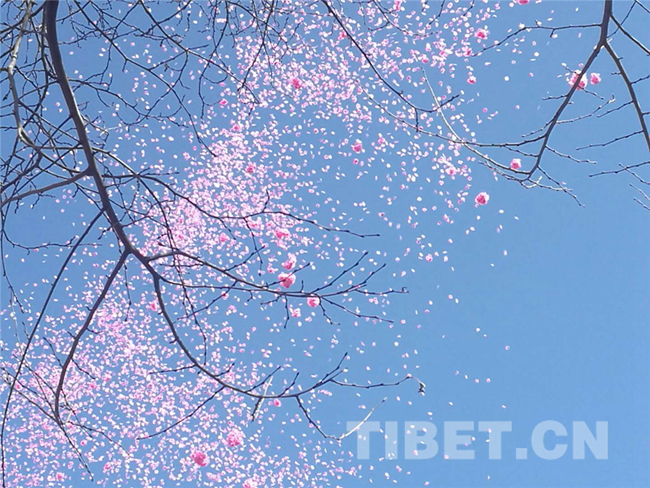Tibetan masks
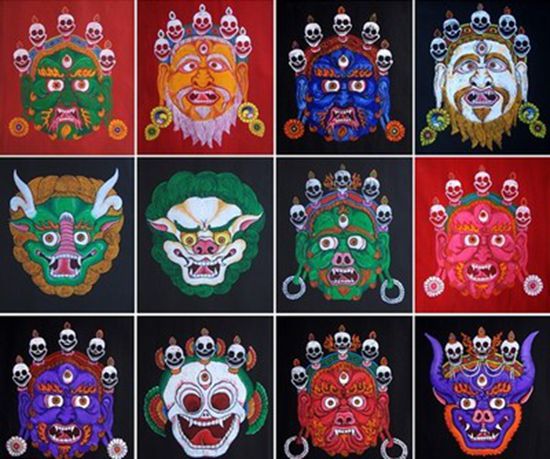
Tibetan masks[Photo/agencies]
Tibetan masks are mainly used in various kinds of folk performances, and they have a direct connection with Tibetan people's daily life, labor as well as entertainment. These masks can been seen in during god dance, monasteries, Tibetan opera, traditional folk dance and singing and zhega rap (a kind of folk art involving story-telling ).
Tibetan masks originated from the mimetic animal totem dances performed during primitive Tibetan religious rites. In 11th century, religious masks were introduced into Tibet. With their formation and fast development, sects like Nyingma, Kagyu and Sakya developed and promoted god dances according to their own doctrine one after the other, thus the masks also diversified.
Masks from different regions show different styles, for instance, masks from the Dbus Gtsang region look relatively gentle, but masks from the Khampa region in east Tibet are quite grotesque looking. Compared with religious mask, masks used in Tibetan opera embody strong secularistic tendencies and have folk features. The subject matters of these masks mainly are persons, Gods and animals from historical stories as well as myths, most of these characters are anthropomorphized, thus human emotions are seen in the masks. Most of the masks are painted with colors and different colors represent different role characteristics, for example, crimson represents king, light red minister, yellow Rinpoche, while blue negative characters and half black half white represents two-faced characters.
Tibetan masks can be classified into two types based upon the way they are shaped, namely, hard shaping used in religious masks and soft shaping used in folk masks.
Today, with the help of tourism, Tibetan masks have become popular as a souvenir. In 2008, Tibetan masks were enlisted in the provincial-level intangible cultural heritage list.
Your Comment
Name E-mailRelated News
-
-
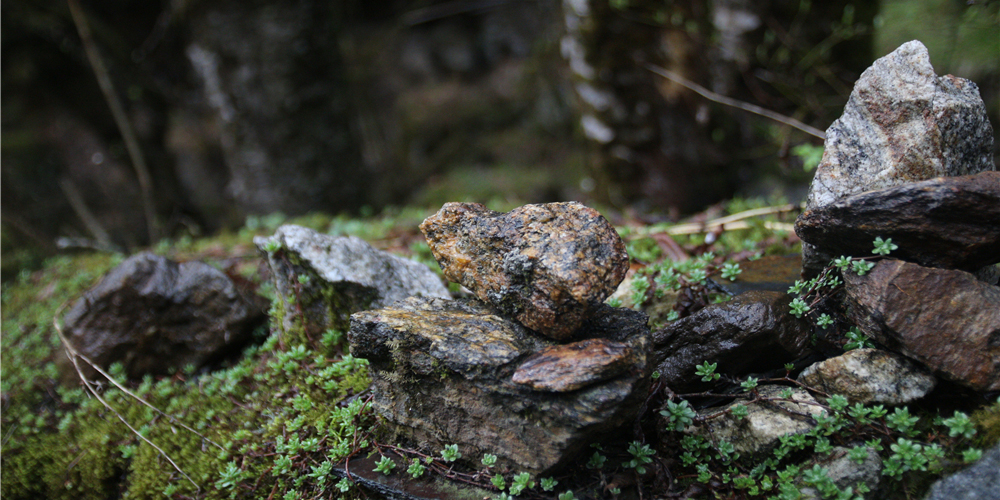
-
Qinghai Tibetan medicine research institute established
Qinghai Nationalities University recently established the Qinghai Province Tibetan Medicine Research Institute
-
-
-
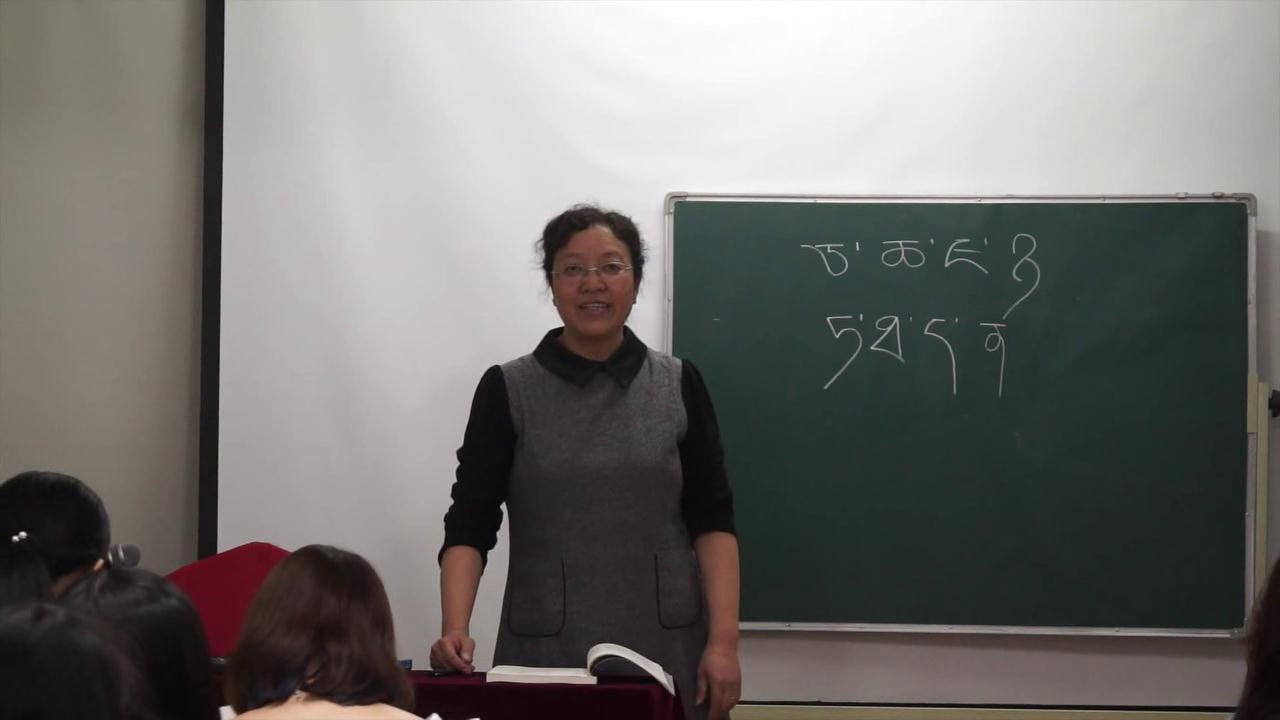
-
Journalists eager to learn Tibetan
“Tibetan has 30 letters in its alphabet, all of which are consonants, and four vowel symbols... Try using saying “I” in the Shaanxi dialect for this word...”
-
-
-

-
Modern science, technology help rejuvenate ancient Tibetan medicine
Tibetan medicine, which is thousands of years old, has been gradually emerging from traditional workshops in recent years, moving towards more scientific, large-scale, and standardized means of production.
-
-
-
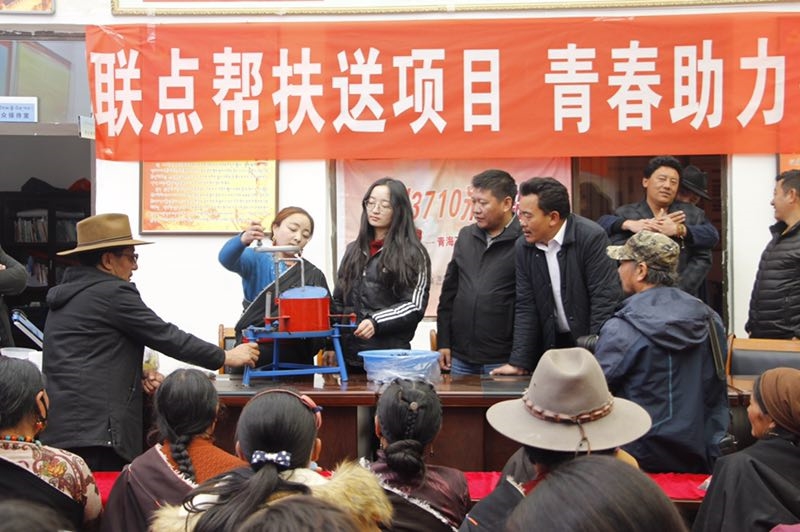
-
Tibetan tea helps women overcome poverty
About 160 Tibetan women from Xia Laxiu Township of Yushu City in northwest China's Qinghai Province learned a new skill: making handmade Tibetan tea.
-
-
-
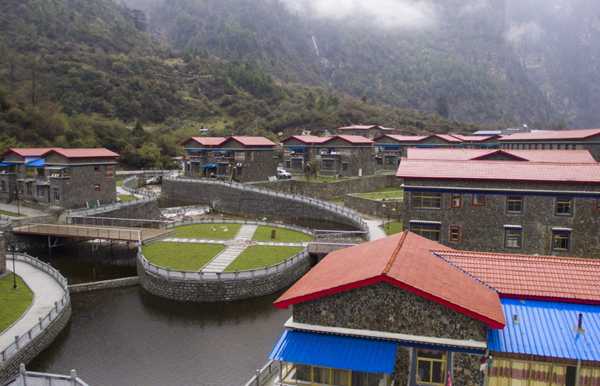
-
Tibet rises from poverty: fantasy and reality
As a result of Hollywood and a fascination with Buddhism among certain celebrities and in some bohemian circles, many Americans are deeply misinformed about Tibet.
-



